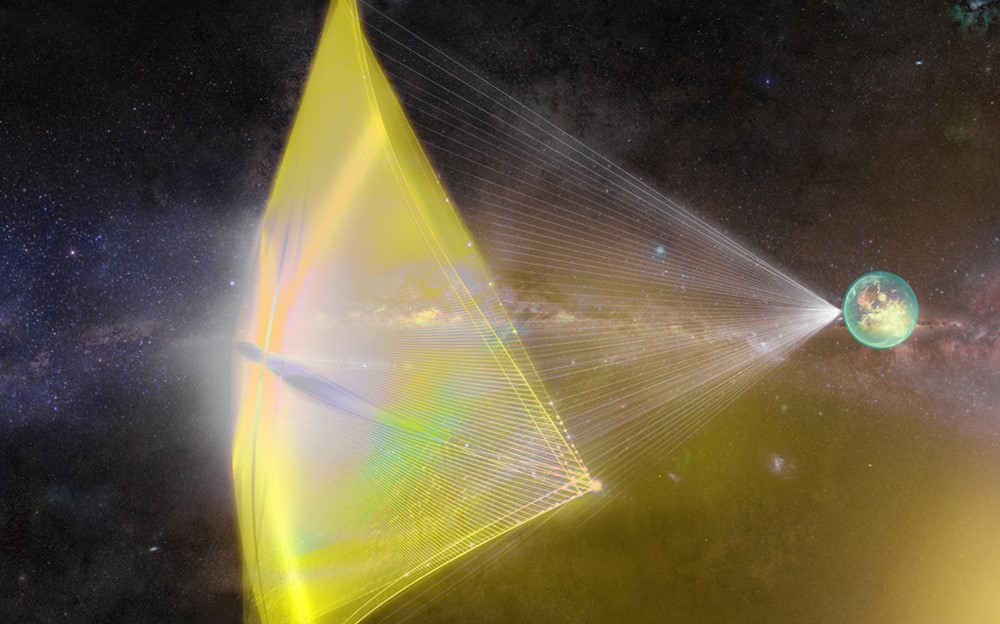Scientists have successfully teleported quantum information between two quantum processors, marking a major step toward scalable quantum computing. The experiment, conducted at Oxford University, demonstrated that quantum modules can be distributed across multiple computers while maintaining performance—paving the way for a future quantum internet.
A New Era for Quantum Communication
While the teleportation spanned just two meters within a laboratory, the implications extend far beyond. This achievement confirms that quantum states can be reliably transmitted between distant systems, a crucial requirement for building large-scale quantum networks.
Teleportation in quantum mechanics does not resemble the science-fiction concept of instantly transporting physical objects. Instead, it relies on a fundamental phenomenon called entanglement, where two particles become intrinsically linked, sharing properties even when separated by vast distances. When one particle is measured, the other instantly adopts a correlated state.
By leveraging this principle, researchers at Oxford University successfully transferred a quantum state between processors, effectively enabling them to interact remotely. This method eliminates the need for direct physical connections and sidesteps the risks associated with transmitting fragile quantum information through traditional means.
Building Blocks of a Quantum Network
Unlike classical computers that use binary bits (0s and 1s), quantum computers operate with qubits, which exist in multiple states simultaneously. This unique property allows quantum systems to solve complex problems far beyond the reach of conventional computing.
However, scaling up quantum processors presents significant challenges. Maintaining the delicate entanglement between qubits requires extreme precision, as external interference can disrupt the process. Current solutions involve intricate error-correction techniques or shielding mechanisms, but an alternative approach involves linking smaller quantum processors into a larger, interconnected system.
The Oxford experiment demonstrated that teleportation could serve as the backbone of such a network. Instead of transmitting quantum data in the form of light waves—which risk corruption—this method relies on conventional binary signals to convey measurement results. These results then guide the receiving processor to reconstruct the original quantum state.
High-Fidelity Teleportation Unlocks New Possibilities
During the experiment, the teleported quantum state retained 86 percent accuracy, making it viable for performing computational tasks. One test involved executing Grover’s algorithm, a fundamental quantum search function, which succeeded with a 71 percent efficiency rate.
This flexibility could enable reconfigurable quantum networks, opening new avenues for advanced computing and fundamental physics research. As scientists refine this teleportation-based approach, it brings the world closer to harnessing the full power of quantum mechanics—transforming the way information is processed and transmitted.











